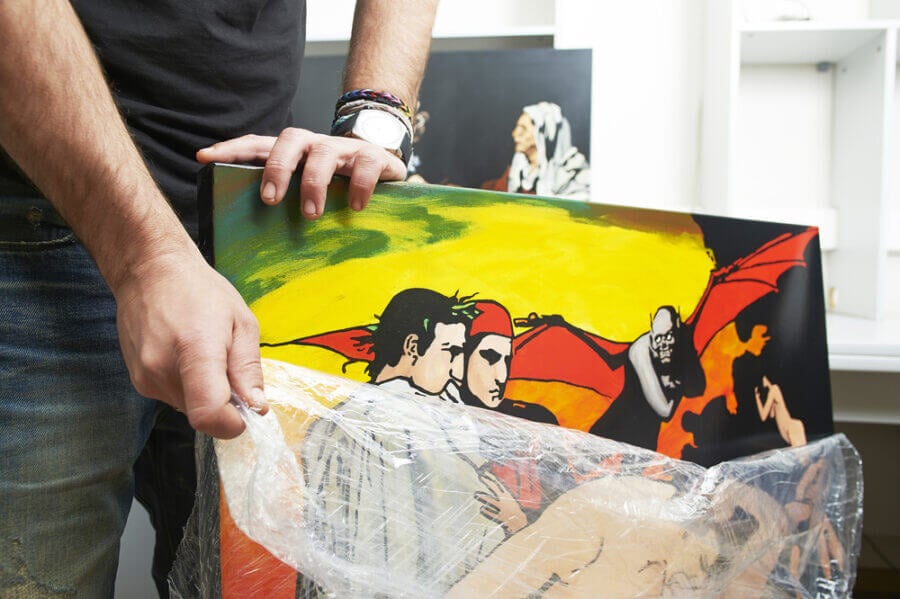I sold some art. What should I do with the money? Do I have to pay tax?
How to calculate your capital gain on the sale of art
Advertisement
How to calculate your capital gain on the sale of art

READ: Can my ETF pay me $3,000 a month in retirement?When determining the amount of the gain or loss, if the cost of the property was below $1,000 it is pushed to $1,000. Additionally, if the amount received from the sale is less than $1,000, the amount considered to have been received is pushed to $1,000. This essentially means that no capital gain will arise when the personal use property is sold for less than or equal to $1,000. Since a painting fits into the sub-category of “listed personal property” if it is sold at a loss, the loss can only be offset against capital gains that arose from the sale of other listed personal property but it can be carried back for three years or forward for seven years.
READ: Can I claim capital losses from a stock in my RRSP to reduce taxes?Note that you do not add the capital gain itself to your income, rather, you add the taxable capital gain which is equal to 50% of the capital gain. Example: Let’s say the painting was purchased for $5,000 and your cost was $2,000, your capital gain would be $3,000 but your taxable capital gain would only be $1,500; this $1,500 taxable capital gain would be added to your taxable income and taxed at your marginal rate. To address your question, there is not a way to shelter a capital gain you may have incurred from tax since the gain was not incurred in a TFSA. Additionally, if you were the owner of the painting, then you will have to pay the tax on any taxable capital gain involved, not your brother so it will not affect the taxes he will need to pay.
READ: Collectibles that could make you a fortune—and attract the tax manHowever, if you received this art from your parents’ estate, and if a taxable capital gain has arisen previously this could mean you may not have a taxable capital gain or the taxable capital gain may be minimal, for example: For instance, let’s say your parents paid $2,000 for the painting and when they passed it was worth $5,000. Similar to the example above, the taxable capital gain would be $1,500 which may have been paid in their estate taxes. If this taxable capital gain has been accounted for your new adjusted cost base would be $5,000 meaning if you sold the painting for $5,000 there would be no capital gain incurred. If you are looking to save the proceeds to use later in retirement then I would suggest putting the money into a TFSA to shelter the growth on that money from taxes. Andrew Fox is a certified financial planner with Fox Wealth Mangement in Calgary. MORE ABOUT ASK AN INVESTMENT EXPERT:
Share this article Share on Facebook Share on Twitter Share on Linkedin Share on Reddit Share on Email
What if you don’t know how much the painting was bought for originally? What if it was originally a gift from either the artist or a friend? What if the painting is really old and was originally $20 but is now $200K like a Tom Thomson?